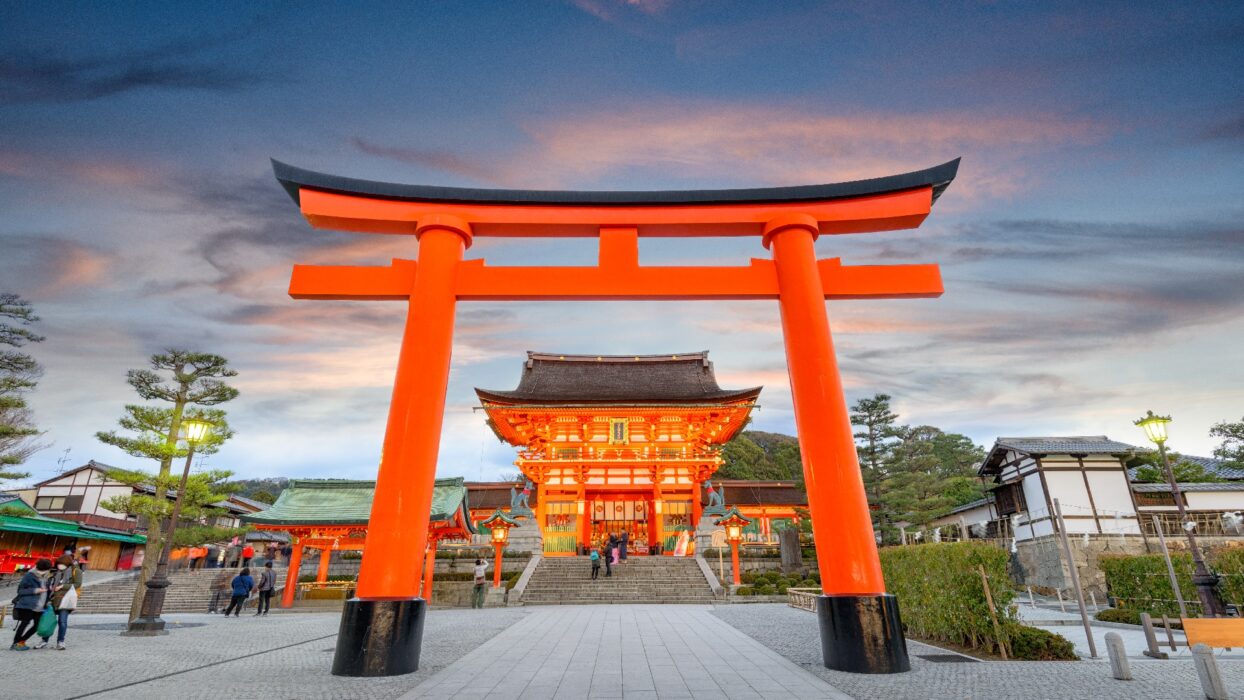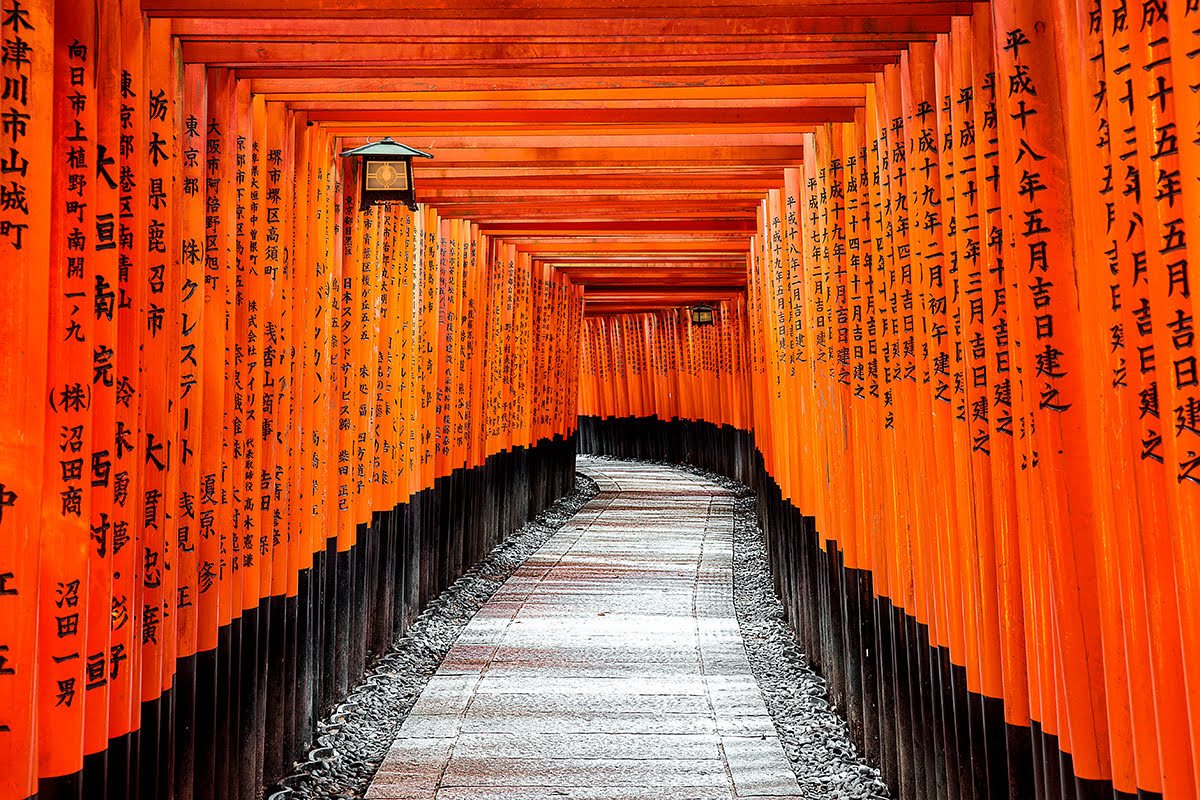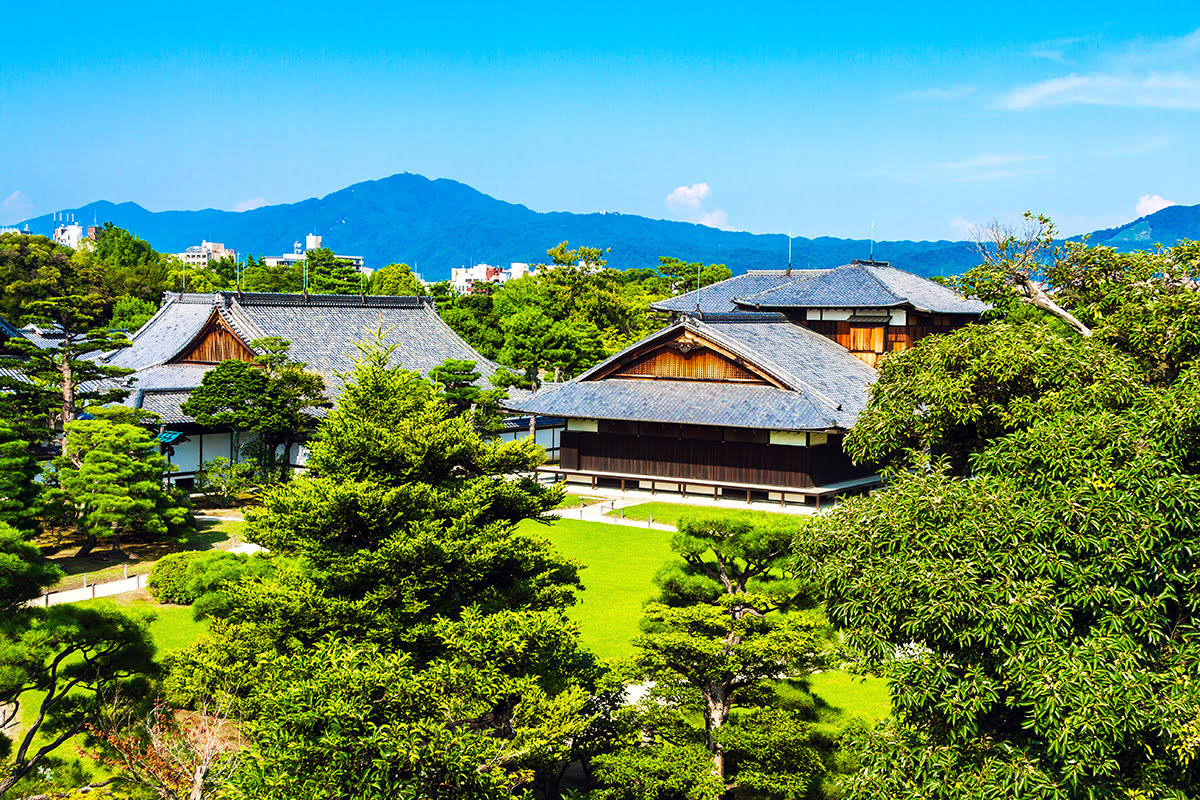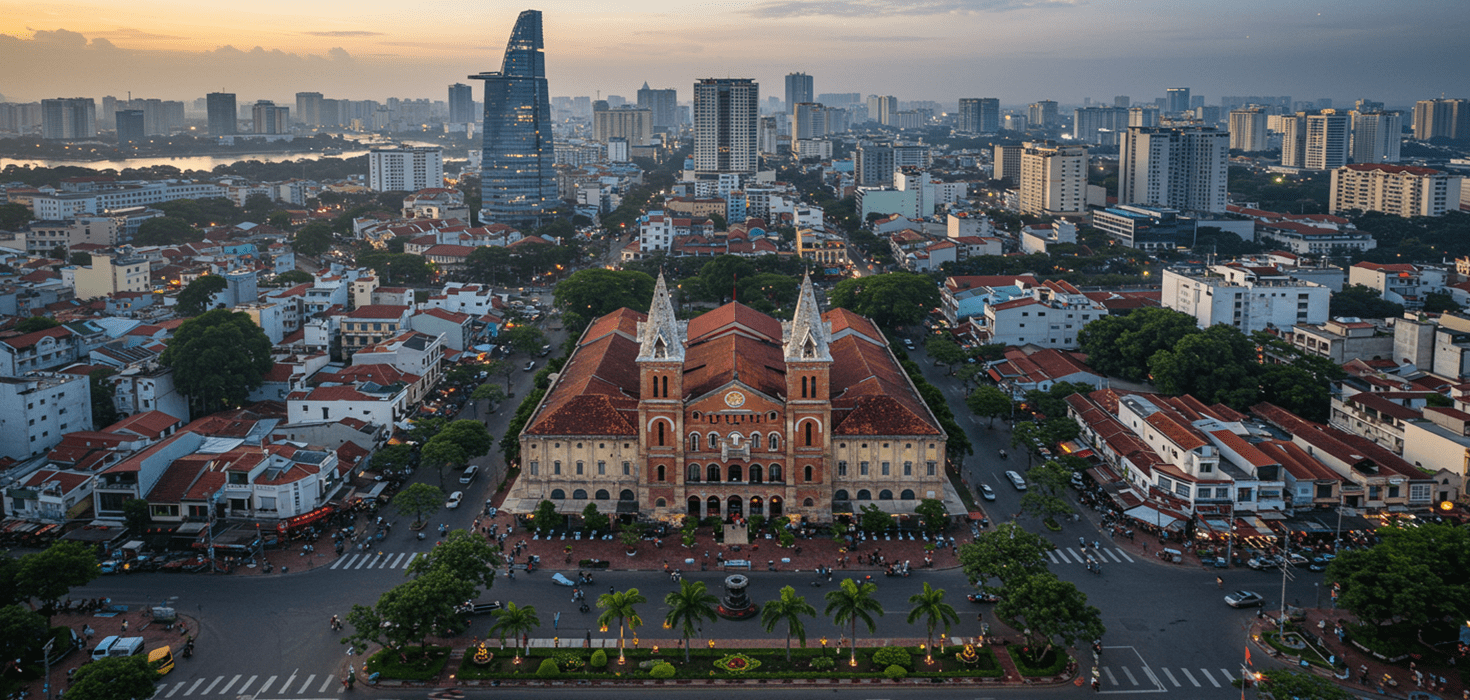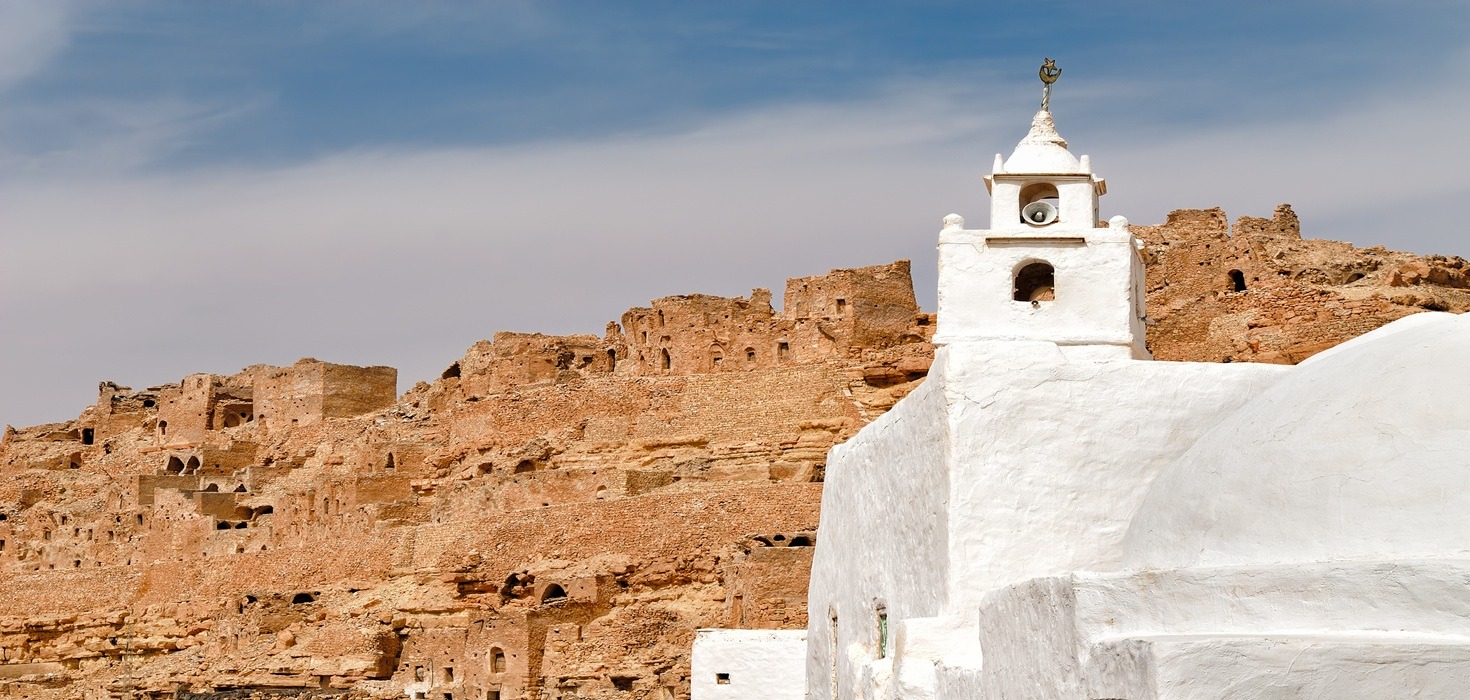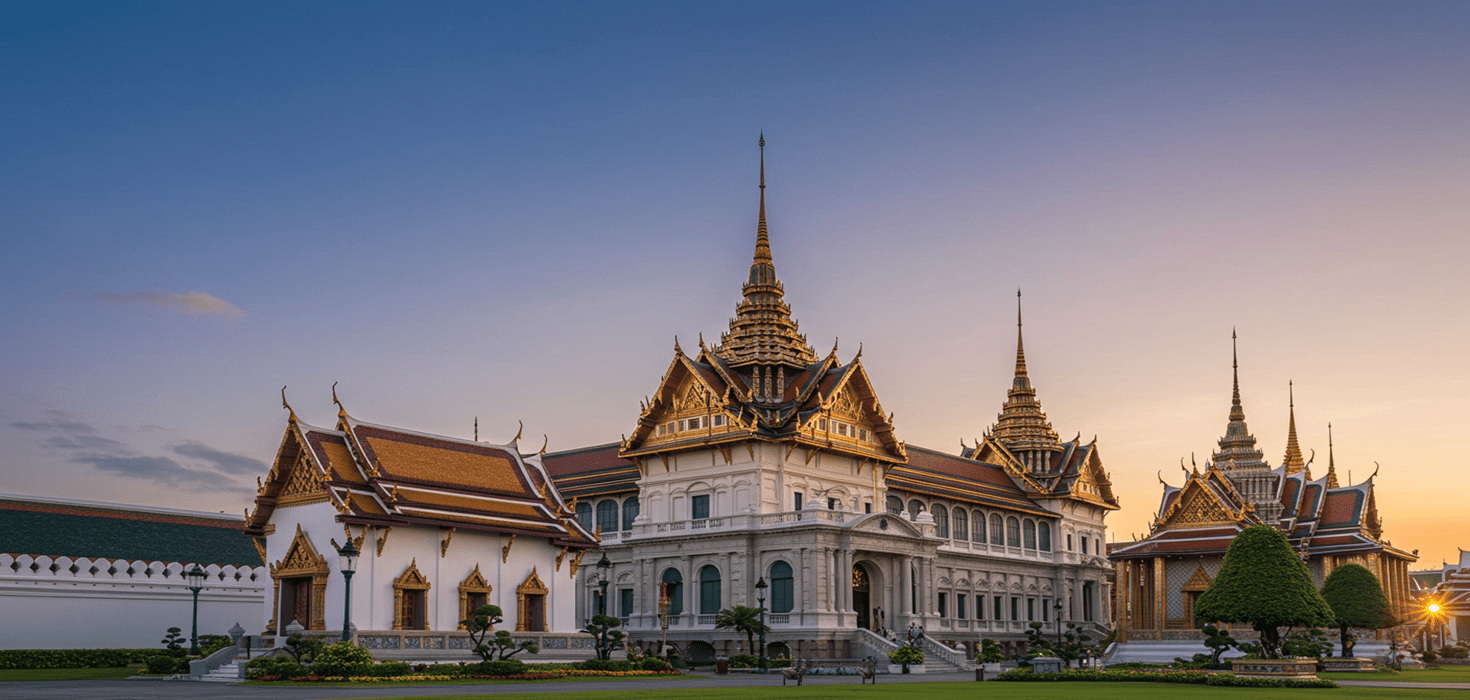Fushimi Inari Shrine is one of Kyoto’s most iconic landmarks, known for its thousands of vermilion torii gates that create a mesmerizing pathway through the sacred Mount Inari. This comprehensive guide will lead you through everything you need to know about visiting this enchanting Shinto shrine. From its historical significance and cultural practices to practical travel tips and hidden gems, we have you covered.
History and Significance of Fushimi Inari Shrine
The Fushimi Inari Shrine, founded in 711 AD, is dedicated to Inari, the Shinto god of rice, prosperity, and business. The shrine is the head of around 30,000 Inari shrines located throughout Japan. It is particularly famous for its thousands of torii gates, donated by individuals and businesses, symbolizing gratitude and worship to the deity.
Beyond the torii gates, Fushimi Inari is adorned with numerous fox statues, as foxes are considered Inari’s messengers. These foxes often hold symbolic items in their mouths, such as rice granaries or keys, representing various forms of prosperity and protection.
Key Attractions at Fushimi Inari Shrine
The highlight of Fushimi Inari Shrine is undoubtedly the Senbon Torii, meaning “thousands of torii gates”. This winding trail, lined with vibrant red gates, creates a tunnel-like path leading up to Mount Inari. The walk through the Senbon Torii is both scenic and spiritually invigorating.
As you journey through the torii pathway, you’ll come across several smaller shrines and places to rest. Notable stops include the Yotsutsuji Intersection, which offers panoramic views of Kyoto, and the Okusha Hohaisho, a secluded area for prayer and reflection.
Seasonal Highlights
Fushimi Inari offers unique experiences throughout the year that cater to all senses:
- Spring: Cherry blossoms create a picturesque backdrop for the torii gates, adding a soft pink hue to the vibrant red.
- Summer: Lush greenery engulfs the pathways, and the annual Mitama Matsuri lantern festival illuminates the shrine with thousands of glowing lanterns.
- Autumn: The foliage turns brilliant shades of red, orange, and yellow, blending harmoniously with the shrine’s colours.
- Winter: Occasionally, a blanket of snow covers the torii gates, creating a serene and magical scene.
Festivals and Events at Fushimi Inari
Throughout the year, Fushimi Inari hosts several important festivals. One of the major events is the “Taue Matsuri,” the rice planting festival, held in early June, showcasing traditional rice planting ceremonies.
Local Celebrations and Public Holidays
During your visit, you may encounter local festivals and holidays that provide a glimpse into traditional Japanese culture:
- New Year (Shogatsu): A major holiday where people flock to Fushimi Inari for Hatsumode, the first shrine visit of the year.
- Setsubun: Held in early February, it involves throwing roasted beans to ward off evil spirits and bring good fortune.
- Obon: A mid-August festival honoring ancestors, where lanterns are lit to guide ancestral spirits back to the afterlife.
Practical Travel Tips
Visiting Fushimi Inari Shrine is a rewarding experience, but a bit of preparation can enhance your trip. Here are some practical tips:
- Best Time to Visit: Early morning or late afternoon to avoid crowds and enjoy cooler temperatures.
- What to Wear: Comfortable shoes and clothes, as the hike can be physically demanding.
- Getting There: The shrine is accessible via a short train ride from Kyoto Station on the JR Nara Line to Inari Station.
- Entry Fee: Free, no admission charge.
Exploring Kyoto: Beyond Fushimi Inari
Kyoto is brimming with historical and cultural attractions beyond Fushimi Inari Shrine. Here are some must-visit sites:
- Kinkaku-ji (Golden Pavilion): A stunning Zen temple coated in gold leaf, reflecting beautifully on the surrounding pond.
- Arashiyama Bamboo Grove: Wander through towering bamboo stalks and visit the nearby Tenryu-ji Temple.
- Nijo Castle: A UNESCO World Heritage Site with ornate rooms and beautiful gardens.
- Philosopher’s Path: A scenic walking path lined with cherry trees and traditional shops, ideal for a leisurely stroll.
Accommodation Reviews and Recommendations
Kyoto offers a wide range of accommodations to suit different budgets and preferences. Here are some recommendations in various categories:
- Luxury Stay: The Ritz-Carlton Kyoto offers exceptional service and views of the Kamo River. Perfect for those looking for a high-end experience.
- Mid-Range Option: Kyomachiya Ryokan Sakura provides a traditional experience with modern conveniences. Ideal for travelers seeking authenticity without breaking the bank.
- Budget-Friendly: K’s House Kyoto is a popular choice among backpackers and budget travelers, offering comfortable dorms and private rooms.
Fushimi Inari Shrine is more than just a destination; it’s an immersive experience that captivates the soul. From the mesmerizing beauty of the endless torii gates to the profound cultural and historical significance, a visit to Fushimi Inari is an unforgettable journey into the heart of Japanese spirituality and tradition. Prepare well, respect the sacred grounds, and let this awe-inspiring sanctuary resonate with your inner traveler.

